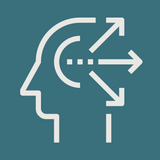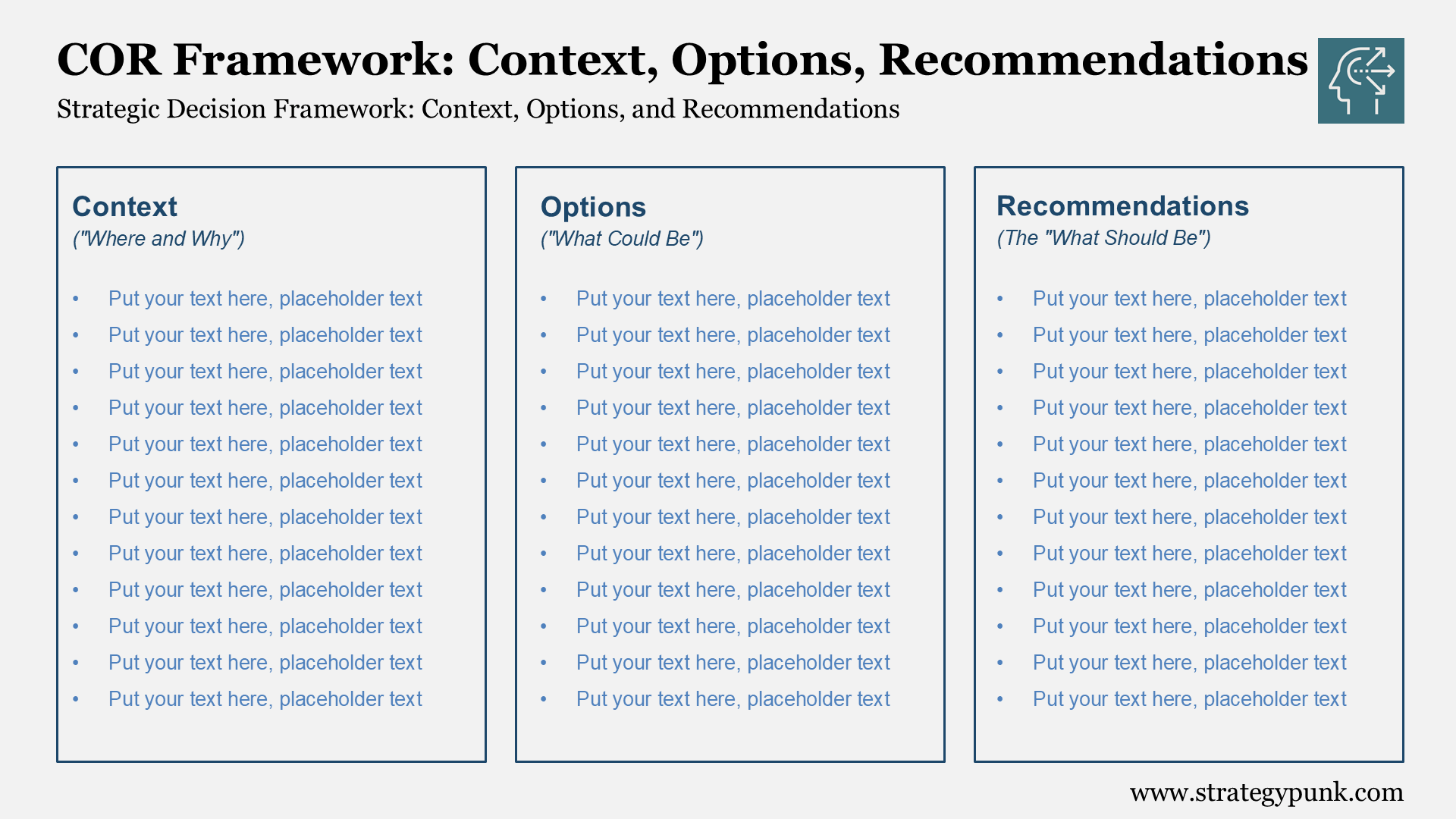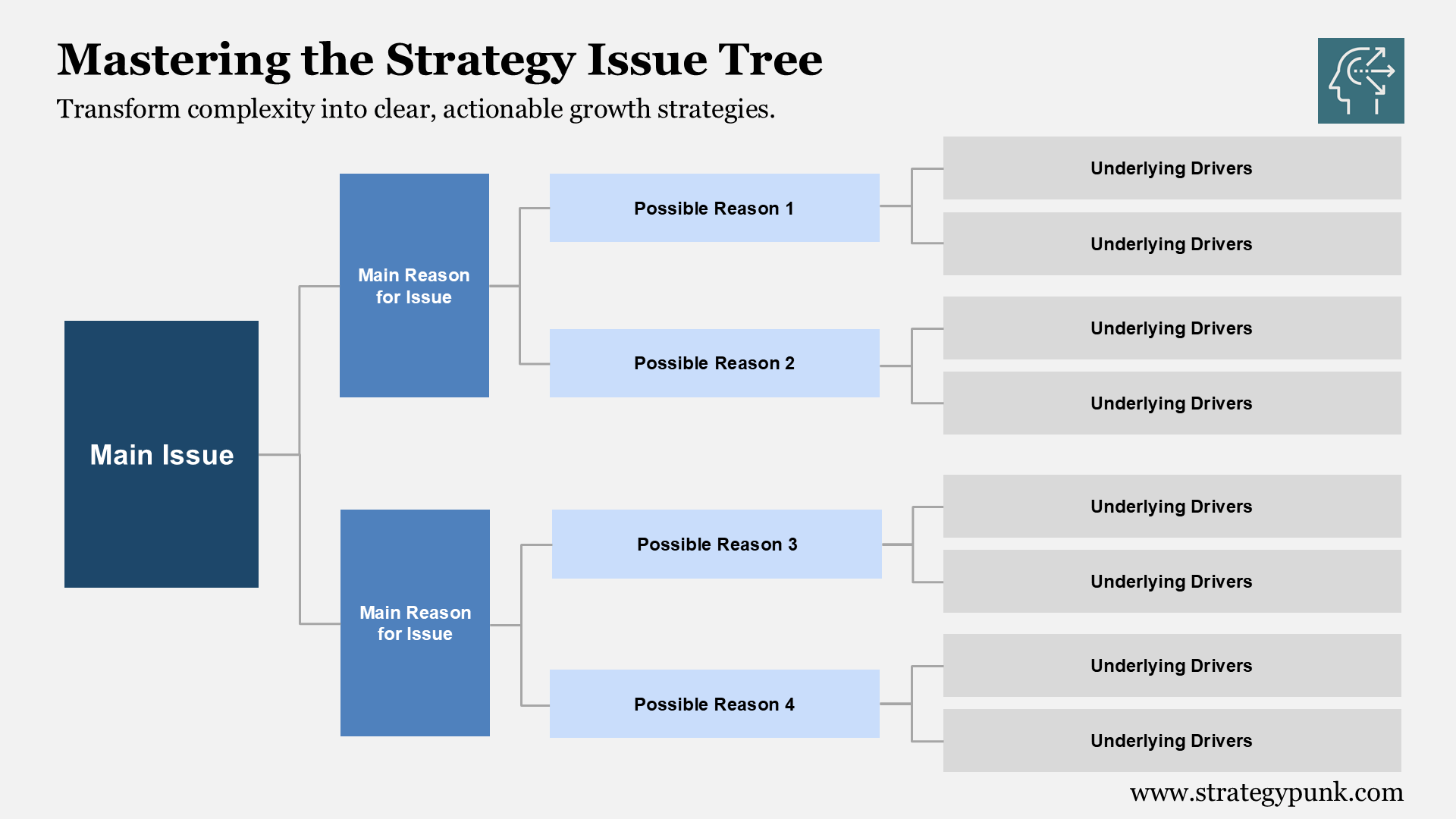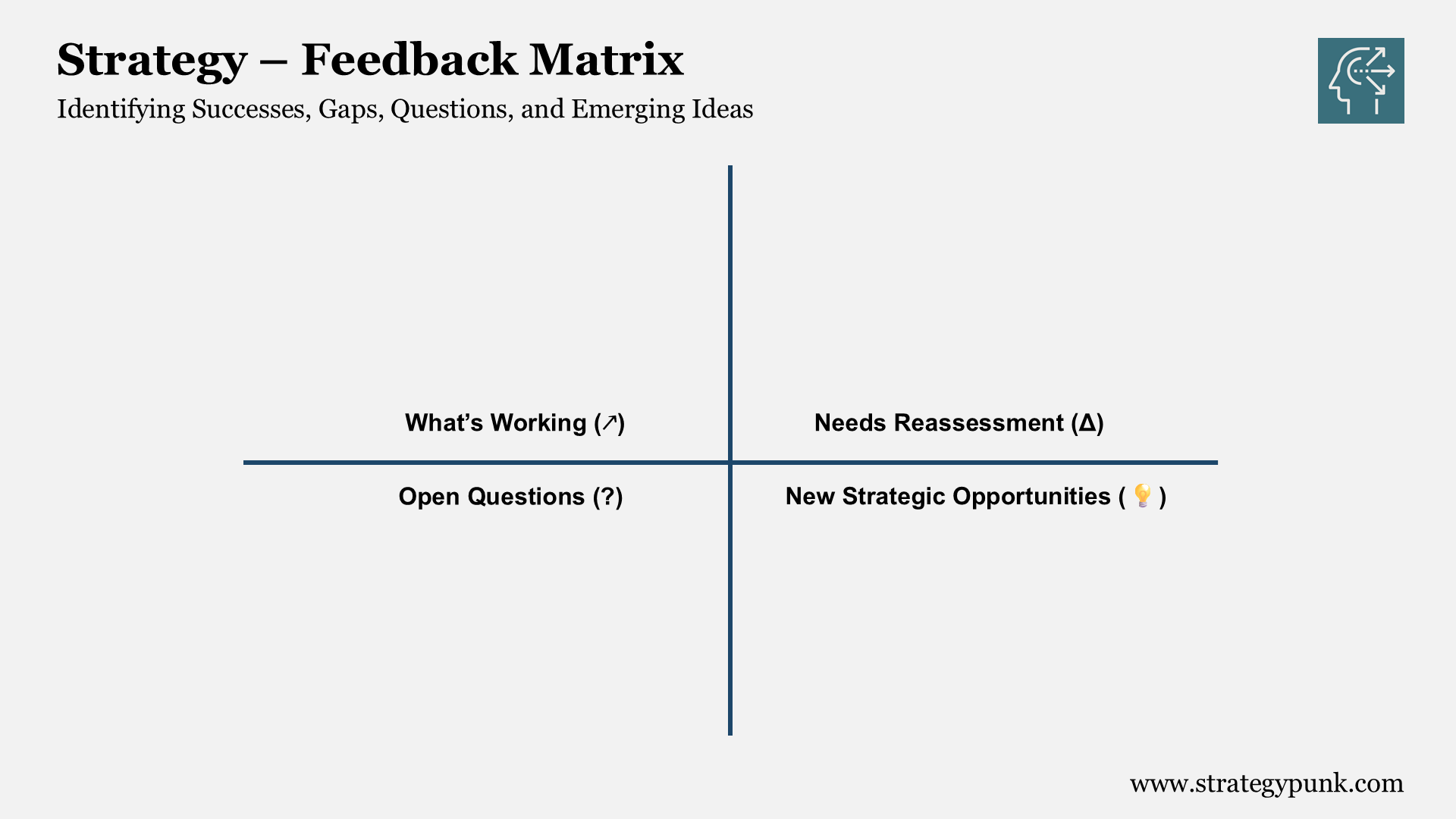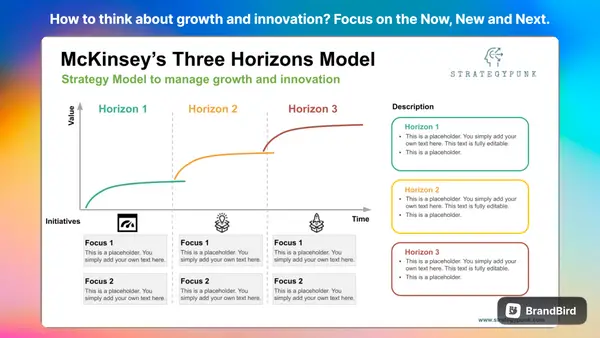What is the SCR Framework? Your In-depth Guide to Situation-Complication-Resolution
The SCR Framework: A 3-step approach to define business situations, analyze complications, and develop targeted resolutions for effective problem-solving.
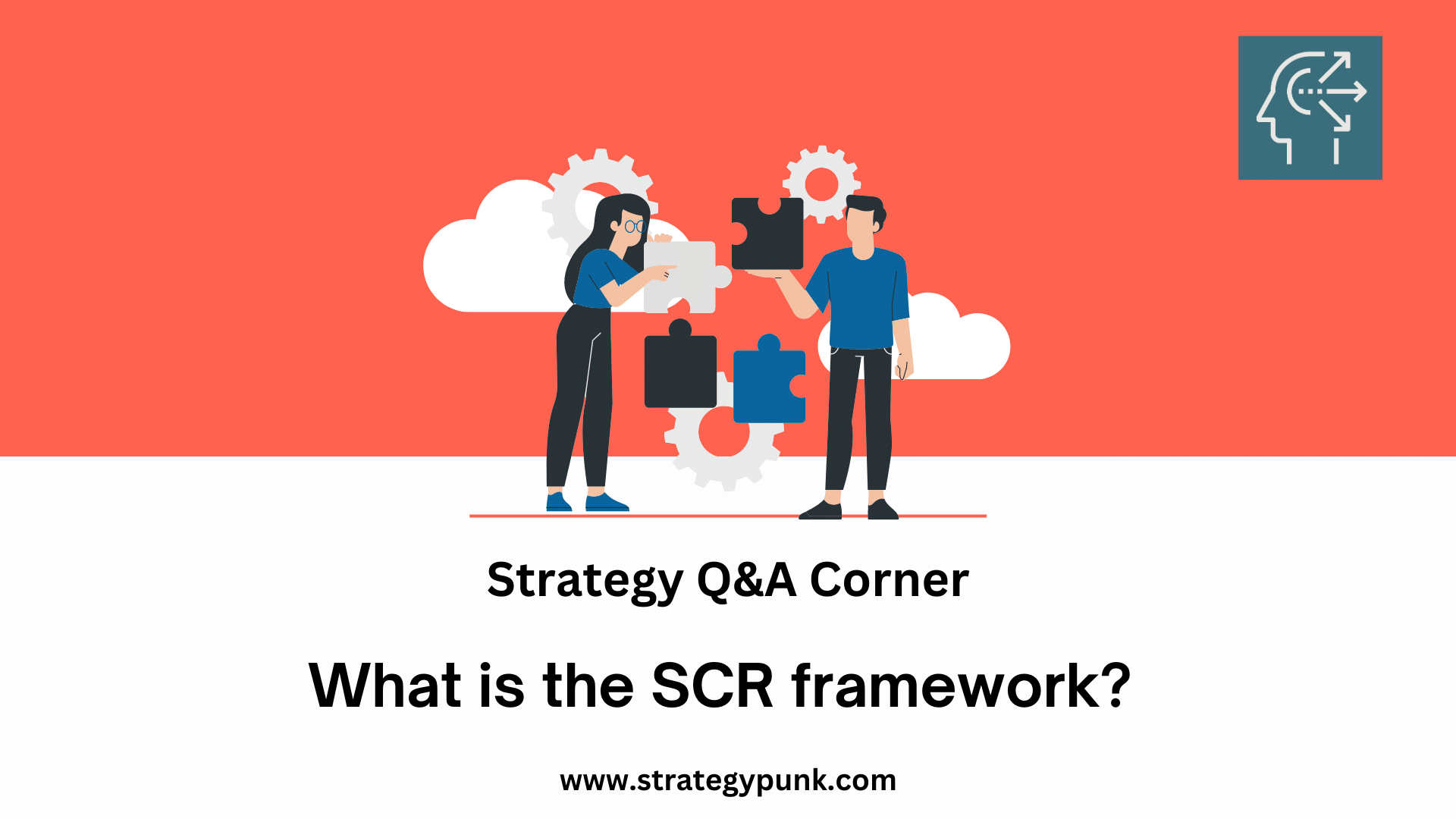
Introduction
The Situation-Complication-Resolution (SCR) framework is a powerful tool for businesses to define challenges and develop solutions. This concise structure enables organizations to identify the root cause of a problem, analyze its impact, and develop effective strategies. Widely adopted across industries such as marketing, sales, and project management, the SCR framework consists of three key elements:
- Situation: The current state of affairs
- Complication: The problem or challenge that must be addressed
- Resolution: The solution or strategy to overcome the challenge
By following this structured approach, businesses can gain a deeper understanding of their challenges and develop more effective solutions.
This comprehensive guide will explore the SCR framework in detail, covering:
- Its benefits and applications
- Step-by-step implementation
- Real-world examples across various industries
Whether you're a business owner, manager, or employee, this guide will equip you with the knowledge and tools to effectively implement the SCR framework and drive success in your organization.
Related Posts:
- Free Template: Situation-Complication-Resolution Framework
The Fundamental Aspects of the SCR Framework
The SCR framework is a problem-solving approach widely used in various industries, including business, healthcare, and education. It is based on the Situation-Complication-Resolution (SCR) model, which helps individuals and teams to identify, analyze, and resolve complex problems.
The SCR framework has three fundamental aspects: situation, Complications, and resolution. Situation refers to the problem or challenge that needs to be addressed. This could range from a business process that needs improvement to a patient experiencing health issues.
A complication is a factor that makes the situation more complex or difficult to resolve. For example, in a business setting, the Complications could be needing more resources or a poorly designed process. In a healthcare setting, they could include a patient's medical history or a complex diagnosis.
The resolution is the solution or action taken to address the situation and the Complication. This could involve implementing a new process, providing additional resources, or developing a treatment plan for a patient.
The SCR framework is designed to help individuals and teams approach complex problems systematically. By breaking down the problem into its fundamental aspects, the framework enables individuals to identify the root cause of the problem and develop an effective solution.
Overall, the SCR framework is a powerful problem-solving tool that can be applied in various settings. By following its fundamental aspects, individuals and teams can collaborate to identify and resolve complex problems, resulting in improved outcomes and significant success.
Significance of SCR in Business Planning
The SCR framework is a powerful business tool for planning and executing effective strategies. By following the Situation-Complication-Resolution model, businesses can gain a deeper understanding of their current situation, identify potential complications, and develop practical solutions to overcome them.
The significance of SCR in business planning lies in its ability to provide a structured approach to problem-solving. It helps businesses break down complex issues into smaller, more manageable parts, making it easier to identify the root cause of a problem and develop practical solutions.
Moreover, the SCR framework encourages businesses to consider multiple perspectives when analyzing a situation. By considering the views of different stakeholders, companies can gain a more comprehensive understanding of the problem and develop more effective solutions.
Additionally, the SCR framework can help businesses communicate their strategies more effectively. By breaking down a complex issue into a simple and structured format, companies can ensure all stakeholders easily understand their plans.
Overall, the SCR framework is valuable for businesses looking to develop effective strategies and solve complex problems. By following this structured approach, companies can improve their decision-making processes and increase their chances of success.
Unpacking the Situation in the SCR Framework
The 'Situation' in the SCR Framework refers to the context or background of the problem that needs to be resolved. It serves as the framework's starting point, providing a clear understanding of the problem.
To unpack the 'Situation' in the SCR Framework, one needs to identify the following:
- The problem statement: Clearly define the problem to be solved. This will help identify the root cause and develop an effective solution.
- Identify all stakeholders involved in the problem. This includes the individuals or groups affected by it, as well as those who can influence the solution.
- The scope: Define the size of the problem. This will help identify the problem's boundaries and ensure the solution is focused and effective.
- The impact: Identify the problem's impact on the stakeholders. This will help prioritize the solution and ensure it addresses the most critical issues.
Unpacking the' Situation' in the SCR Framework can help one understand the problem and its context. This will help build a practical solution that addresses the root cause of the problem and meets the needs of all stakeholders involved.
Understanding the Complications in the SCR Framework
The "Complication" stage is the most critical part of the SCR framework. It is where the problem or issue is identified and analyzed. This stage requires a thorough examination of the situation to determine the root cause of the problem.
To identify the Complication, one must ask questions such as 'What went wrong?' and 'Why did it go wrong?'This stage requires a deep understanding of the situation and the factors that contributed to it.
Once the problem is identified, it is essential to analyze it thoroughly. This analysis should include a detailed examination of the problem and its impact on the situation. It should also identify any potential risks or consequences arising from the Problem.
One can use tools such as SWOT analysis, Fishbone diagram, and Pareto chart to analyze the complication effectively. These tools can help identify the root cause of the problem and provide a clear understanding of the situation.
In conclusion, the 'Complication' stage is crucial in the SCR framework, as it enables the identification and analysis of the problem. I need to review the situation to find the root cause of the problem. Using various tools and techniques, one can effectively analyze the Complication and develop a resolution.
A Deep Dive into the Resolution of the SCR Framework
The third and final part of the SCR framework is the 'Resolution' stage. This is where the protagonist resolves the Complications they face in the 'Complications' stage. The resolution can take many forms, depending on the situation and the protagonist's abilities.
Sometimes, the resolution might involve the protagonist overcoming a personal flaw or learning a valuable lesson. In other cases, the protagonist might use their skills or resources to outsmart their opponent. Regardless of the specific approach, the resolution should feel satisfying and believable to the reader.
One effective way to create a satisfying resolution is to use foreshadowing. By hinting at the solution earlier in the story, the author can make the answer feel more earned and less like a deus ex machina. For example, if the protagonist defeats their opponent using a specific skill, the author could show the protagonist practicing that skill earlier in the story.
Another critical aspect of the resolution is the aftermath. The reader should understand how the solution affects the protagonist and the world around them. This could involve showing the protagonist's emotional reaction to the resolution or demonstrating how the fundamental changes the status quo.
Ultimately, the resolution is the payoff for the tension and conflict established in the "Situation" and "Complication" stages. By creating a satisfying and believable solution, the author can leave the reader feeling fulfilled and satisfied with the story.
Comparison: SCR and Other Planning Frameworks
When it comes to planning frameworks, numerous options are available. The SCR framework is just one of them. Here is a brief comparison of the SCR framework with some other popular planning frameworks:
SWOT Analysis
A SWOT analysis is a popular planning framework that identifies Strengths, Weaknesses, Opportunities, and Threats. It is often used to evaluate a business or project and identify areas of improvement. While the SCR framework focuses more on problem-solving, SWOT analysis focuses more on evaluation. (free StrategyPunk SWOT Template)
PDCA Cycle
The PDCA (Plan, Do, Check, Act) cycle is a problem-solving framework often used in quality management. Similar to the SCR framework, it involves identifying a problem, developing a plan, and implementing a solution. However, the PDCA cycle is more iterative, involving ongoing monitoring and continuous improvement.
DMAIC Process
The DMAIC (Define, Measure, Analyze, Improve, Control) process is a problem-solving framework often used in Six Sigma. It is similar to the SCR framework, which involves identifying a problem, analyzing data, and implementing a solution. However, the DMAIC process is more data-driven and involves statistical analysis.
Overall, the SCR framework is a simple and effective problem-solving tool that can be applied to various situations. While other frameworks are available, the SCR framework is an excellent option for those looking for a straightforward approach.
Implementing the SCR Framework in Business Strategy
Businesses can utilize the SCR Framework to develop an effective strategy that helps them achieve their goals. The implementation process involves the following steps:
- Situation Analysis: The first step is to conduct a thorough analysis of the current situation, encompassing the market, customers, competitors, and internal resources. This analysis will help businesses identify their strengths and weaknesses, as well as determine the market's opportunities and threats.
- Complication Identification: The next step is to identify the complications that prevent the business from achieving its goals. These complications could be internal or external, such as a lack of resources, poor customer service, or increased competition.
- Resolution Development: Once the complications have been identified, businesses can develop a resolution plan to address them. This plan should be based on the strengths identified in the situation analysis and designed to overcome the identified complications.
- Implementation and Monitoring: The final step involves implementing the resolution plan and monitoring its effectiveness. This will include assigning responsibilities, setting timelines, and tracking progress.
By implementing the SCR Framework, businesses can develop a comprehensive strategy that addresses their challenges and leverages their strengths to achieve their goals.
SCR and Business Storytelling
The Situation-Complication-Resolution (SCR) framework is a powerful tool for business storytelling. It allows companies to present their successes and challenges clearly and concisely, making it easier for stakeholders to understand the context and outcomes of a particular situation.
When using the SCR framework for business storytelling, it's essential to keep the following tips in mind:
- Start by clearly and concisely describing the situation. This should include relevant background information, such as the time, place, and people involved.
- Use specific and concrete examples to illustrate the Complication. This will help stakeholders understand the challenges faced by the company and how they were overcome.
- Finally, describe the resolution, including the actions and results. This will help stakeholders understand the impact of the company's efforts and the lessons learned from them.
By following these guidelines, companies can use the SCR framework to effectively communicate their successes and challenges to stakeholders, building trust and credibility.
SCR Framework - Case Study Analysis
Let's examine a case study analysis to gain a deeper understanding of how the SCR framework operates.
Situation
A small business owner is experiencing a decline in sales. They have tried various marketing strategies but need assistance in getting everything to work. They are feeling frustrated and unsure of what to do next.
Complication
The business owner realizes that they must target their ideal customers more effectively. They must cast a wider net and tailor their marketing efforts to their specific audience. Additionally, they need to track their marketing data to determine which strategies are working and which are not.
Resolution
The business owner implements the SCR framework to address their marketing issues. They begin by analyzing their current situation and identifying their ideal customer. They then create a targeted marketing plan that speaks directly to that customer. They also start tracking their marketing data to measure the success of their strategies.
Implementing the SCR framework leads to increased sales and a more engaged customer base. The business owner can make data-driven decisions and adjust their marketing efforts accordingly.
In conclusion, the SCR framework can be a powerful tool for businesses looking to address complex issues. Companies can achieve a more effective and sustainable solution by breaking down the problem into its components and systematically addressing each one.
The Role of SCR in Problem-solving and Decision-making
The SCR framework plays a crucial role in problem-solving and decision-making. It provides a structured approach to analyzing and resolving complex problems by breaking them into three main components: Situation, Complication, and Resolution.
Using the SCR framework, individuals can identify the root cause of the problem and develop an effective solution. The framework helps ensure that all relevant information is considered and all potential solutions are evaluated before a decision is made.
The following are some ways in which the SCR framework can be used in problem-solving and decision-making:
- Identifying the Situation: The first step in using the SCR framework is to identify the specific situation or problem that needs to be addressed. This involves gathering all relevant information and understanding the context in which the issue has arisen.
- Analyzing the Complication: Once the Situation has been identified, the next step is to analyze the Complication. This involves identifying the factors contributing to the problem and understanding how they are interconnected.
- Developing a resolution: The final step in using the SCR framework is to develop a resolution. This involves evaluating all potential solutions and selecting the most likely effective ones. It is crucial to consider the possible consequences of each solution and choose the one with the most positive impact.
Overall, the SCR framework offers a structured approach to problem-solving and decision-making, enabling individuals tomake more informed and effective decisions. By breaking down complex problems into manageable components, the framework ensures that all relevant information is considered and all potential solutions are evaluated before a decision is made.
Tips to Effectively Use the SCR Framework for Business Planning
When using the SCR framework for business planning, consider a few key tips to maximize its effectiveness. Here are some suggestions to help you use the SCR framework effectively:
- Define the situation clearly: Understanding it is essential before analyzing it. Define the problem or opportunity you are trying to address and ensure everyone involved in the planning process is on the same page.
- Identify the key complications: Once you have defined the situation, identify the key complications that prevent you from achieving your goals. These complications could be internal or external factors that are impacting your business.
- Prioritize the complications: Not all difficulties are equal. Prioritize the complications based on their impact on your business and the resources required to address them. This will help you focus your efforts on the most critical issues.
- Brainstorm potential resolutions: Once you have identified the key complications, brainstorm possible solutions to address them. Encourage creativity and innovation during this process to generate various solutions.
- Evaluate potential resolutions: After generating possible answers, assess them based on their feasibility, impact on your business, and the resources required to implement them. Select the solution that best addresses the complications and aligns with your business goals.
By following these tips, you can effectively use the SCR framework for business planning and make informed decisions that drive your business forward.
Benefits of SCR Framework to Organizations
The SCR framework offers several benefits to organizations that adopt it. Here are some of the key advantages:
Improved Clarity and Focus
The SCR framework provides a clear and structured approach to problem-solving. By breaking down complex situations into their parts, organizations can better understand their issues and develop targeted solutions. This can help teams focus their efforts and resources more effectively, resulting in improved outcomes.
Enhanced Collaboration
The SCR framework encourages collaboration and communication among team members. Organizations can leverage their team members' diverse perspectives and expertise by involving all stakeholders in problem-solving. This can lead to more innovative solutions and improved buy-in from all stakeholders.
Increased Efficiency and Effectiveness
Organizations can streamline their processes and reduce waste using a structured approach to problem-solving. The SCR framework enables teams to identify the root causes of problems and develop targeted solutions that address these causes. This can lead to more efficient and effective operations, as well as improved customer satisfaction.
Better Risk Management
The SCR framework helps organizations identify and manage risks more effectively. By analyzing a situation's potential complications, teams can develop strategies to mitigate those risks and avoid adverse outcomes. This can help organizations avoid costly mistakes and improve their overall risk management practices.
Overall, the SCR framework offers a powerful tool for organizations seeking to enhance their problem-solving capabilities. By adopting this structured approach, teams can improve their collaboration, focus, efficiency, and risk management practices, ultimately leading to improved outcomes for the organization and its stakeholders.
Challenges and Solutions in Implementing the SCR Framework
Implementing the SCR framework can be challenging, especially for those new to it. Here are some common challenges and solutions.
Challenge: Identifying the Situation
Identifying the situation is one of the biggest challenges in implementing the SCR framework. It can be challenging to locate the case accurately, especially when there are multiple scenarios or the problem is complex.
Solution: Ask Questions
It is vital to ask questions. Asking questions helps clarify the situation and ensure all relevant information is considered. This helps ensure that the Complications and resolutions are appropriate for the problem.
Challenge: Identifying the Complication
Another challenge in implementing the SCR framework is identifying the complications. It can be difficult to locate a problem, especially if there are multiple complications or the Problem is not immediately apparent.
Solution: Brainstorm Possible Complications
It can be helpful to brainstorm possible complications. This can ensure that all potential complications are considered and that the most appropriate Complication is identified.
Challenge: Identifying the Resolution
Identifying the resolution can also be a challenge in implementing the SCR framework. Determining the most appropriate resolution can be time-consuming, mainly when multiple solutions exist or the answer is complex.
Solution: Evaluate Possible Resolutions
Evaluating possible resolutions is essential. This helps ensure the solution is appropriate for the situation and effectively addresses the Complexity.
Implementing the SCR framework can be challenging, but asking questions, brainstorming possible complications, and evaluating possible resolutions can help ensure its effectiveness.
SCR Framework in Action: Real-Life Examples
The SCR framework can be applied to various real-life situations, from personal to professional scenarios. Here are a few examples of how the SCR framework has been used in practice:
Example 1: Resolving a Customer Complaint
Situation: A customer has complained that a product did not meet their expectations.
Complication: The customer has already attempted to resolve the issue through customer service but has not received a satisfactory response.
Resolution: The company's customer service representative follows up with the customer, offers a refund or replacement for the product, and extends a sincere apology.
Example 2: Improving Team Communication
Situation: A team requires assistance in communicating effectively, resulting in misunderstandings and delays in task completion.
Complication: The team members come from different departments and have varying communication styles and preferences.
Resolution: The team leader implements a communication plan that includes regular team meetings, clear expectations for communication, and training on effective communication techniques.
Example 3: Managing a Project Delay
Situation: A project is running behind schedule and is at risk of missing its deadline.
Complication: The delay is caused by unforeseen circumstances, such as a supplier issue or a team member's absence.
Resolution: The project manager assesses the situation and develops a plan to mitigate the delay, such as identifying alternative suppliers or redistributing tasks among team members.
By utilizing the SCR framework, individuals and teams can approach problems in a structured and efficient manner, resulting in improved outcomes and more effective decision-making.
Conclusion: SCR Framework as a Game-changer in Planning
The SCR framework is a powerful planning tool that enables individuals and organizations to navigate complex situations effectively. By breaking down a problem into its parts—Situation, Complications, and Resolution—individuals can identify critical issues and develop effective strategies to address them.
Using the SCR framework can help individuals and organizations make more informed decisions. They can identify potential complications and develop practical solutions to address them. Additionally, the framework can help individuals and organizations communicate more effectively, providing a common language and structure for discussing complex issues.
Overall, the SCR framework is valuable for anyone seeking to enhance their planning and decision-making abilities. Whether you want to make better decisions in your personal life or an organization looking to develop more effective strategies, the SCR framework can help you achieve your goals.
Frequently Asked Questions
How does the SCR framework work?
The SCR framework is a problem-solving approach that involves breaking down a situation into three parts: Situation, Complication, and Resolution. The case is the current state of things, the Complication is the problem or issue that needs to be addressed, and the resolution is the solution or action plan to solve the problem.
What are the benefits of using the SCR framework?
The SCR (Situation-Complication-Resolution) framework is a pinnacle in business communication. It offers a structured methodology that brings narrative clarity, focus, and impact. While its benefits are numerous, they can be distilled into a few key points that underscore its value in the corporate landscape.
Firstly, the SCR framework ensures clarity and alignment. Starting with the Situation sets a clear context, ensuring that all stakeholders have a shared understanding of the current state. This foundational clarity is pivotal in avoiding misinterpretations and ensuring that subsequent discussions are rooted in a common ground. The Complication phase then introduces challenges, emphasizing the urgency or significance of the matter. This captures attention and highlights the stakes, making the narrative more compelling. Ultimately, the Resolution provides a clear path forward, demonstrating proactive problem-solving and strategic thinking. This structured approach ensures that the message is effectively conveyed and positions the communicator as a thought leader. The SCR framework is more than just a communication tool; it's a strategic instrument that fosters understanding, drives engagement, and catalyzes action.
What are some everyday situations where the SCR framework can be applied?
The SCR (Situation-Complication-Resolution) framework seamlessly translates into many everyday business scenarios. Its structured approach offers a blueprint for addressing challenges and crafting solutions, making it an indispensable tool for various business situations.
Imagine a retail business noticing a sudden drop in sales (Situation). They found that a new competitor had entered the market with aggressive pricing (Complication). The Resolution might involve introducing a loyalty program, enhancing customer service, or diversifying product offerings. In another instance, after launching its app (Situation), a tech startup receives user feedback about specific performance issues (Complication). The Resolution then focuses on software updates and enhanced user engagement strategies. Similarly, a manufacturing company that consistently maintains product quality (Situation) may encounter supply chain disruptions due to unforeseen global events (Complication). The Resolution might involve seeking alternative suppliers or optimizing inventory management. Through the SCR lens, businesses can navigate the ever-evolving challenges of the corporate world, ensuring they remain proactive, adaptive, and solution-driven.
How can the SCR framework be used in problem-solving?
The SCR framework can be used in problem-solving by first identifying the situation, then identifying the Complication, and finally developing a Resolution to address the Complication. This approach ensures that all aspects of the problem are considered and that the solution is comprehensive and thorough.
How does the SCR framework promote sustainability?
In the evolving sustainability narrative, the SCR (situation-complication-resolution) framework provides a unique lens through which businesses and organizations can align their sustainability goals with clear communication strategies. At its core, the SCR method identifies challenges and proposes solutions, a process intrinsically linked to a sustainable development ethos.
Organizations can outline the current environmental, social, or economic landscape, starting with the Situation, and set a clear sustainability benchmark. The Complication phase then delves into the pressing challenges—such as climate change, resource depletion, or social inequalities—that disrupt this status quo. By highlighting these complications, organizations can underscore the urgency of sustainable interventions. The narrative culminates in the Resolution, where actionableand sustainable solutions are proposed, showcasing the organization's commitment to a greener, more equitable future.
Through the SCR lens, sustainability is not just a buzzword; it's a structured journey from recognizing challenges to implementing solutions, ensuring that the message of sustainability is clear and actionable.
What is the SCR framework for communication?
The SCR framework emerges as a beacon for structured, impactful messaging in the vast landscape of communication strategies. An acronym for Situation-Complication-Resolution, this methodology, pioneered by McKinsey & Company, is more than just a storytelling tool—it's a communication powerhouse.
The framework commences with the Situation, clearly depicting the existing scenario. This clarity ensures the audience is aligned, setting the stage for what is to come. The narrative then delves into the Complication, highlighting the challenges or disruptions that necessitate a shift in perspective or action. Here, the communicator underscores the urgency or gravity of the situation. The crescendo is the Resolution, where solutions are articulated, showcasing foresight and proactive problem-solving. By leveraging the SCR framework, communicators convey information and master the art of persuasion, making their message resonate profoundly with their audience.
How do you tell a business story using the McKinsey situation-complication-resolution?
In business communication, the McKinsey situation-complication-resolution (SCR) framework stands out as a powerful tool for crafting compelling narratives. The process begins with the Situation, where one sets the stage by describing the existing environment or context. This provides the audience with a clear understanding of the baseline, or the 'status quo.'
However, no story is complete without a twist. Enter the Complication. This is where you introduce a challenge, problem, or unexpected turn of events that disrupts the initial situation. By highlighting this complication, you capture the audience's attention and emphasize the urgency or significance of the matter.
Concluding with the Resolution is crucial for me. You can present a solution, strategy, or action to tackle the complication. This wraps up your narrative neatly and positions you or your organization as proactive problem solvers. By employing the SCR framework, professionals can ensure their business stories are engaging and compelling, conveying their message with clarity and impact.

